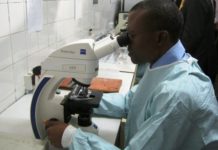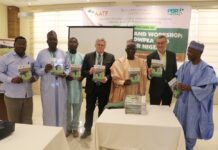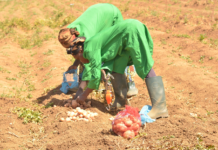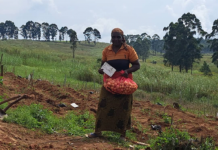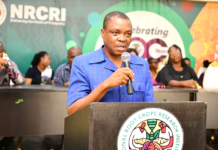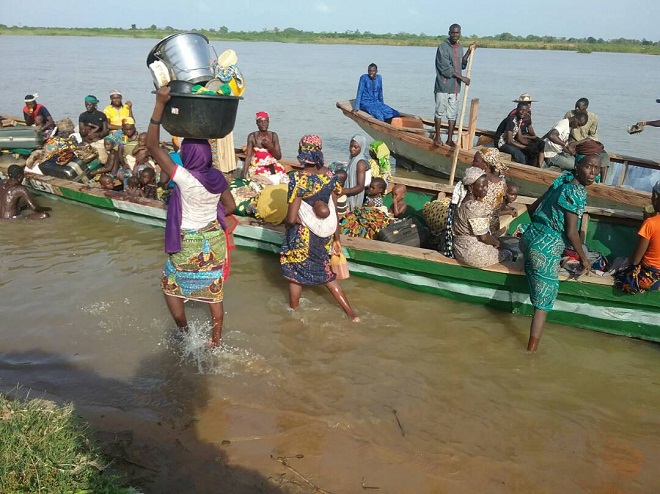Two and a half years since the adoption of the 2030 Agenda, women and girls around the world still face pervasive discrimination, says a new report by United Nations Women.
The report “Turning promises into action: Gender equality in the 2030 Agenda for Sustainable Development” is the first-ever to analyse progress and challenges to 17 SDGs, and provides actionable recommendations to how to implement the goals.
The report, launched in New York with other launches scheduled for Berlin and Nairobi, found women and girls account for 330 million of the poor across 89 countries.
By comparison, for every 100 men, four more women live below poverty line—a gap that widens during reproductive years.
The report found half of all urban women and girls in developing countires live in conditions where they lack access to clean water, improved sanitation facilities, durable housing, and sufficient living area.
One in five women aged under 50 has suffered physical or sexual violence—or both—at the hands of an intimate partners in the last 12 months, the analysis showed.
And poor rural women who depend on common-pool resources are especially affected by depletion of more than 3.3 million hectares of forest areas between 2010 and 2015.
Presenting the report, UN Women executive director Phumzile Mlambo-Ngcuka, said, “As a world, we committed through the SDGs to leave no one behind. This report’s new data and analysis underlines that, unless progress on gender equality is significantly accelerated, the global community will not be able to keep its promise. This is an urgent signal for action, and the report recommends the directions to follow.”
The report highlights how, in the lives of women and girls, different dimensions of well-being and deprivation are deeply intertwined: a girl who is born into a poor household and forced into early marriage, for example, is more likely to drop out of school, give birth at an early age, suffer complications during childbirth, and experience violence—all SDGs targets—than a girl from a higher-income household who marries at a later age.
The report also looks beyond national averages to uncover the yawning gaps between women and girls who, even within the same country, are living worlds apart because of their income status, race/ethnicity, or where they live.
In the United States, poverty rates among black, Native American, and Alaskan Native women more than double those of white and Asian women, with disparities in education also staggering.
Thirty-eight per cent of Hispanic women in the poorest quintile did not complete high school, compared to a national average of 10 per cent.
Other case studies and data sets from the report take an in-depth look at the situation in Colombia, Nigeria, Pakistan, South Africa, and Uruguay.
The report also provides wide-ranging recommendations for change, highlighting four key areas of action:
- Integrated policies that can leverage synergies and help achieve several goals at the same time. Achieving gender equality is not only an important goal in and of itself, but also a catalyst for achieving the 2030 Agenda and a sustainable future for all.
- More and better statistics. Currently, we cannot actually assess what is happening to women and girls across all 17 SDGs. Six of them have no indicators with explicit mentions of women and girls, and the lack of timely and regular gender data hampers adequate monitoring.
- The financing gap to achieve a sustainable world can in fact be closed, by addressing the unrecorded capital flight, including illicit financial flows that developing countries face; by reversing the public expenditure cuts that erode safety nets and essential services in both developed and developing countries; and by using all strategies available for raising domestic revenue.
- Ensuring that those in power are held accountable for gender equality commitments. Indispensable in this effort is a vibrant civil society with space to express itself.




